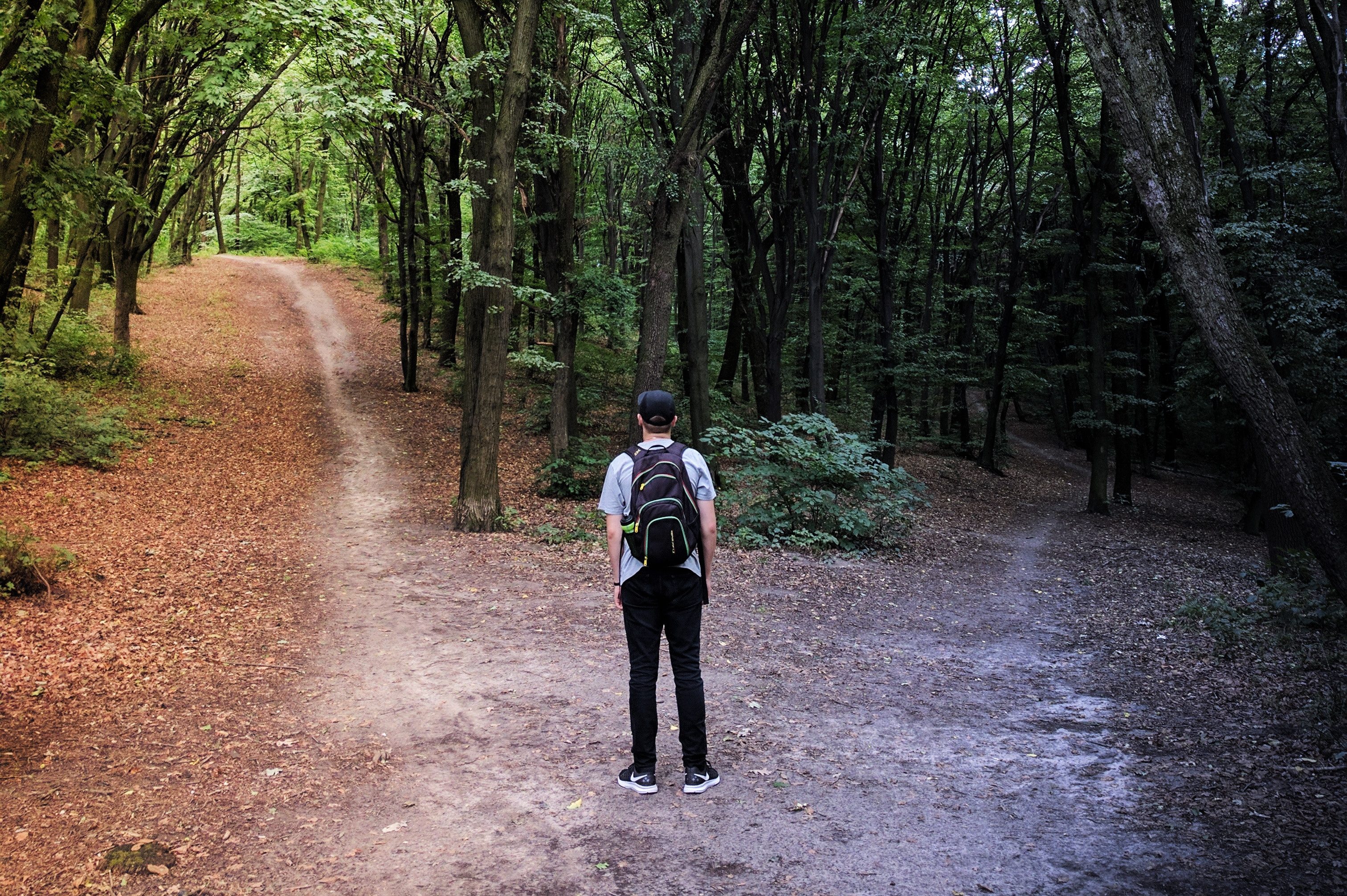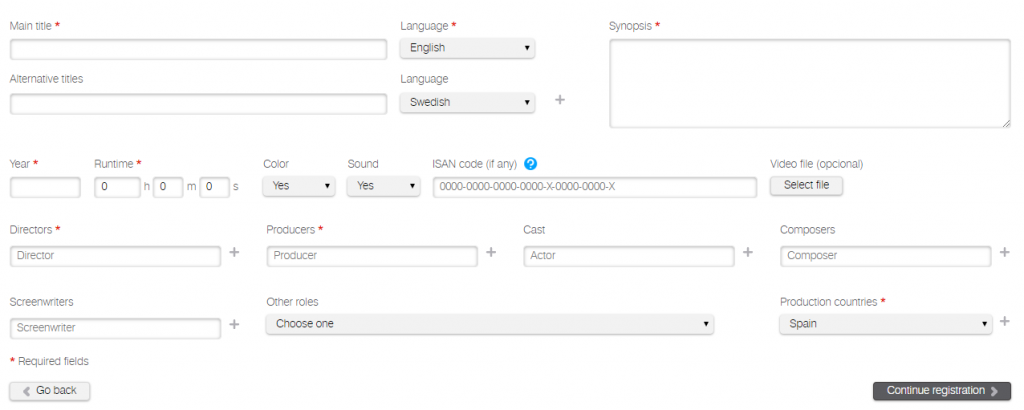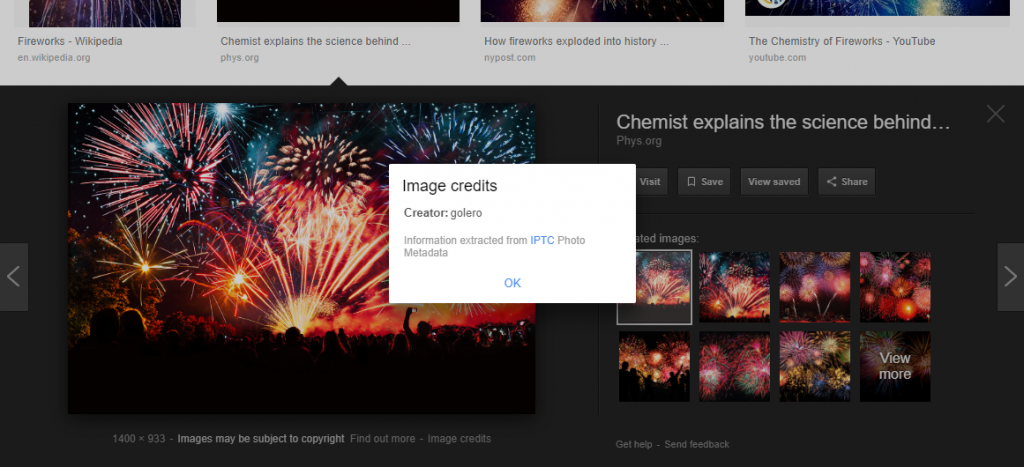
On the role of private copyright registries in 2019
It’s our 11th anniversary. An occasion that we would like to celebrate by taking a short pause and reflect.
It seems to be the right time to take a deep breath, analyze where we are, and choose in which direction to move on. There’s a series of thoughts that we’d like to share with you, for you and for us. About our philosophy and our future plans for Safe Creative. About what we think should be the role of a copyright registry in today’s world, what its purpose should be, what seems to make more sense from our experience.
This is a summary of all of that not just from a theoretical point of view, but from a practical one. A sort of review of where we’ve come from and where we’re heading.
Safety and information.
 If Safe Creative has a core, a beginning from which everything else came, this is it.
If Safe Creative has a core, a beginning from which everything else came, this is it.
A registry has, first of all, a function to provide security. Not just to the creator who registers their work. Also to any person interested in using that work in one way or another. That’s the role of the second main function: to provide information.
As a creator, knowing that you have a piece of evidence to prove my authorship give me confidence and freedom to show my work, to reach agreements and to collaborate. I can trust that others won’t copy my work and claim it’s theirs. That feeling of safety, together with transparent information, are key elements to empower creators and increase collaboration. It allows others to know that the work is registered, under which type of license, and contact the rightsholder easily if they need to.
Likewise, knowing these data (rightsholders, licenses, etc.) through the registry, the person interested in using the work can make better choices. Most of the times, plagiarism doesn’t happen out of ill will, but because of lack of knowledge. We believe that if contacting the rightsholders and reaching licensing agreements were more simple, or if the information about the work were more accessible and clearer, there would be fewer plagiarism cases.
Related: “Infographic: What is a copyright registry?“
Easy, friendly and affordable services.
Everybody should be able to register their copyrights. If you can create an original work, of any kind, you should also be able to register your rights on it, to have evidence.
We’re not talking just about having tools available to do so. What we mean is that these tools should also be user-friendly, fast, affordable, even free when possible. As you probably know and we always keep reminding: your copyrights are yours by law simply for creating the work. You don’t need to register it to have those rights. But having a piece of evidence helps you prove that you are the author, and having that safety is basic in order to exercise your rights.
The registration process should be as simple and easy to understand as possible. We know this is not an easy task. Copyright and Intellectual Property Law can be cumbersome. A work’s record can be very simple or very complex, depending on factors such as how many people participated, the chosen license, or the agreements with distributors and other third parties. There are many concepts that most people don’t know or don’t understand because they don’t have to use them in their everyday lives.
Our job is to simplify the process so that any creator can have what they need: a record, a piece of evidence.
Quality metadata.
In line with our idea of offering quality information, we still believe that what’s most important in copyright records is data and metadata. In this context, by “metadata” we refer to “tags” that describe the record’s information so that other systems can understand it.
What’s the use of quality metadata, and why is this important? Because they enable collaboration between projects. They’re also useful internally, to make the registry work in a more agile and efficient manner. It also serves to provide details about a work to other projects. If there are places online that serve as a source, as a reference, with quality metadata, that simplifies tasks such as knowing who owns certain rights. Metadata allow spreading that information across the internet. They simplify everything.
We believe that a registry should be a trusted source. A reference point. Sites where creators enter relevant information that’s “tagged” from the beginning, to ensure a quality chain of information emerging from there.

A clear example of metadata and how they’re entered in Safe Creative is the breakdown of audiovisual records. In fact, we’re expanding that model to other types of records, such as music, so it’s possible to specify who owns the rights to the lyrics, to the music, in what percentage, or who’s the producer.
Collaboration with other online projects.
As we have explained, good metadata can be repurposed by other services. This information is more valuable the more widespread it is. So, collaborating with other companies and projects should be a goal in mind. If possible, in fact, we believe that the information in copyright records should be interoperable, using a standard system. This way, it would be possible to enter new information from other platforms with ease.

What sort of projects? Of course, the most interesting ones are those that can help and offer new opportunities to creators and interested parties. Reaching agreements with collective management societies, royalties managers, tracking services like Image Protect, lawyers or legal experts, are some that we can recommend. However, this list could be longer. We’ve seen that it’s possible to find potential synergies with all kinds of projects.
Dialogue and constant adaptation.
Although certain things have remained the same, Safe Creative is always evolving and changing. Obviously. In this context, it couldn’t be any other way.
The habits of all the people around copyrighted works are constantly changing. They leverage the new opportunities provided by technology as it evolves. The online networks where we used to share content 11 years ago have nothing to do with today’s networks. Neither do the tools available to draw, to compose, to write, to take photos and to edit them. Copyright registries can’t lag behind.
We have to evolve and adapt by listening to all the involved parties and being aware of changes. Let’s pay attention to creators, industry, and the general public, to always respond to what is truly needed in the best way we can.
Photo by Vladislav Babienko on Unsplash.
